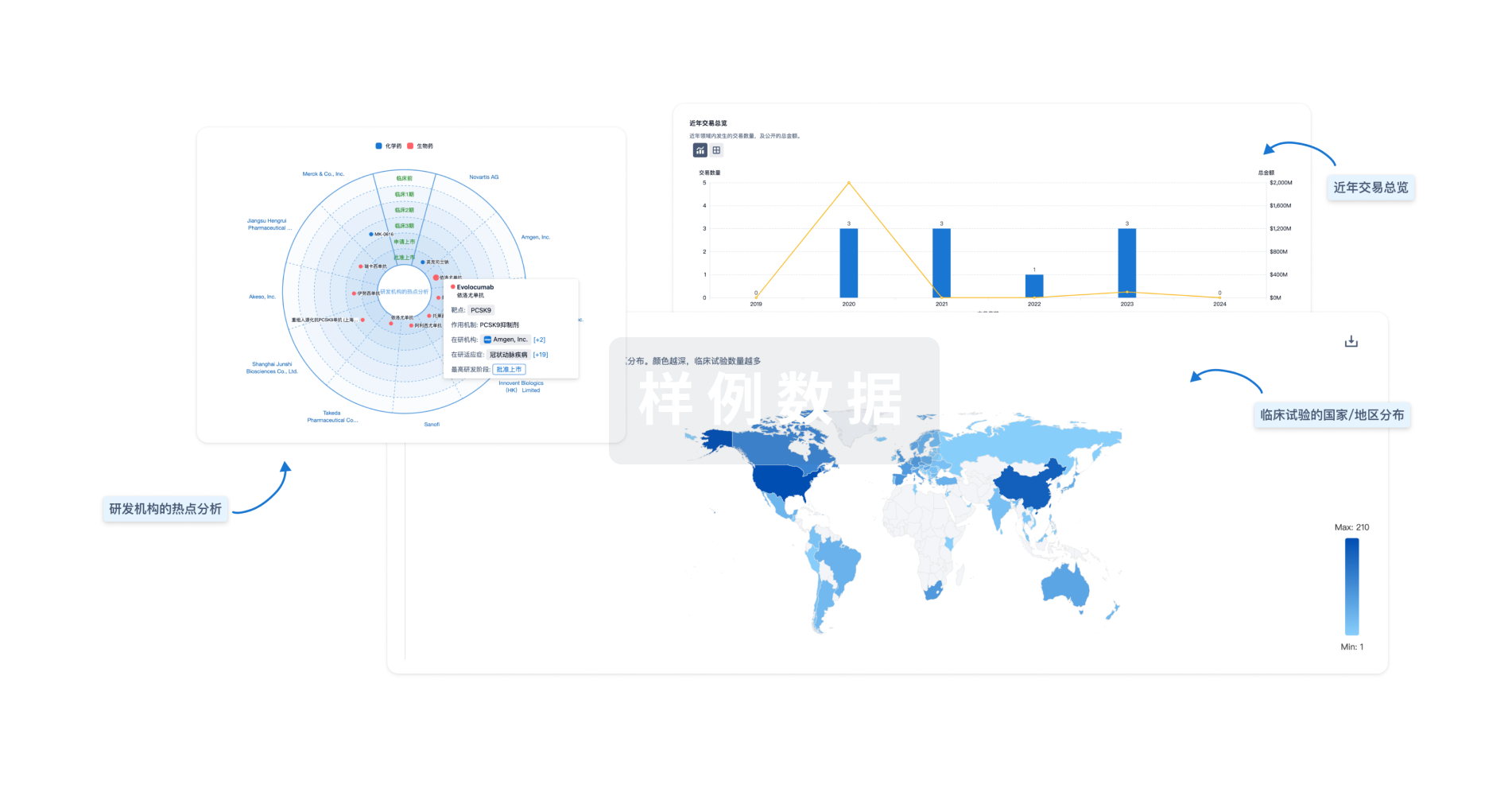预约演示
更新于:2025-05-07
BTD
更新于:2025-05-07
基本信息
别名 Biotinase、biotinidase、BTD |
简介 Catalytic release of biotin from biocytin, the product of biotin-dependent carboxylases degradation. |
关联
1
项与 BTD 相关的药物靶点 |
作用机制 BTD inhibitors |
在研机构- |
在研适应症- |
非在研适应症 |
最高研发阶段无进展 |
首次获批国家/地区- |
首次获批日期1800-01-20 |
100 项与 BTD 相关的临床结果
登录后查看更多信息
100 项与 BTD 相关的转化医学
登录后查看更多信息
0 项与 BTD 相关的专利(医药)
登录后查看更多信息
440
项与 BTD 相关的文献(医药)2025-05-04·Neuro-Ophthalmology
Biotinidase Deficiency Induced Optic Neuropathy: A Case Report and Literature Review
Review
作者: Lee, Michael S. ; Rashidi, Vania ; Cao, Angela A. ; Rashidi, Anita M. ; Brown, Meghan M.
2025-02-04·Cureus
Optimizing Biotinidase Activity Assays: Insights From Clinical and Laboratory Evaluation From a Low-Middle Income Country
Article
作者: Ghori, Sidra ; Khan, Nasir A ; Majid, Hafsa ; Khan, Aysha Habib ; Jafri, Lena ; Umer Naeem Effendi, Muhammad ; Jamil, Azeema ; Hashmi, Bilal ; Sarwar, Halima
2025-01-21·Science Signaling
Biotin mitigates the development of manganese-induced, Parkinson’s disease–related neurotoxicity in
Drosophila
and human neurons
Article
作者: Reina-Gonzalez, Pablo ; Lai, Yunjia ; Sarkar, Souvarish ; Maor, Gali ; Miller, Gary W.
分析
对领域进行一次全面的分析。
登录
或

Eureka LS:
全新生物医药AI Agent 覆盖科研全链路,让突破性发现快人一步
立即开始免费试用!
智慧芽新药情报库是智慧芽专为生命科学人士构建的基于AI的创新药情报平台,助您全方位提升您的研发与决策效率。
立即开始数据试用!
智慧芽新药库数据也通过智慧芽数据服务平台,以API或者数据包形式对外开放,助您更加充分利用智慧芽新药情报信息。
生物序列数据库
生物药研发创新
免费使用
化学结构数据库
小分子化药研发创新
免费使用
